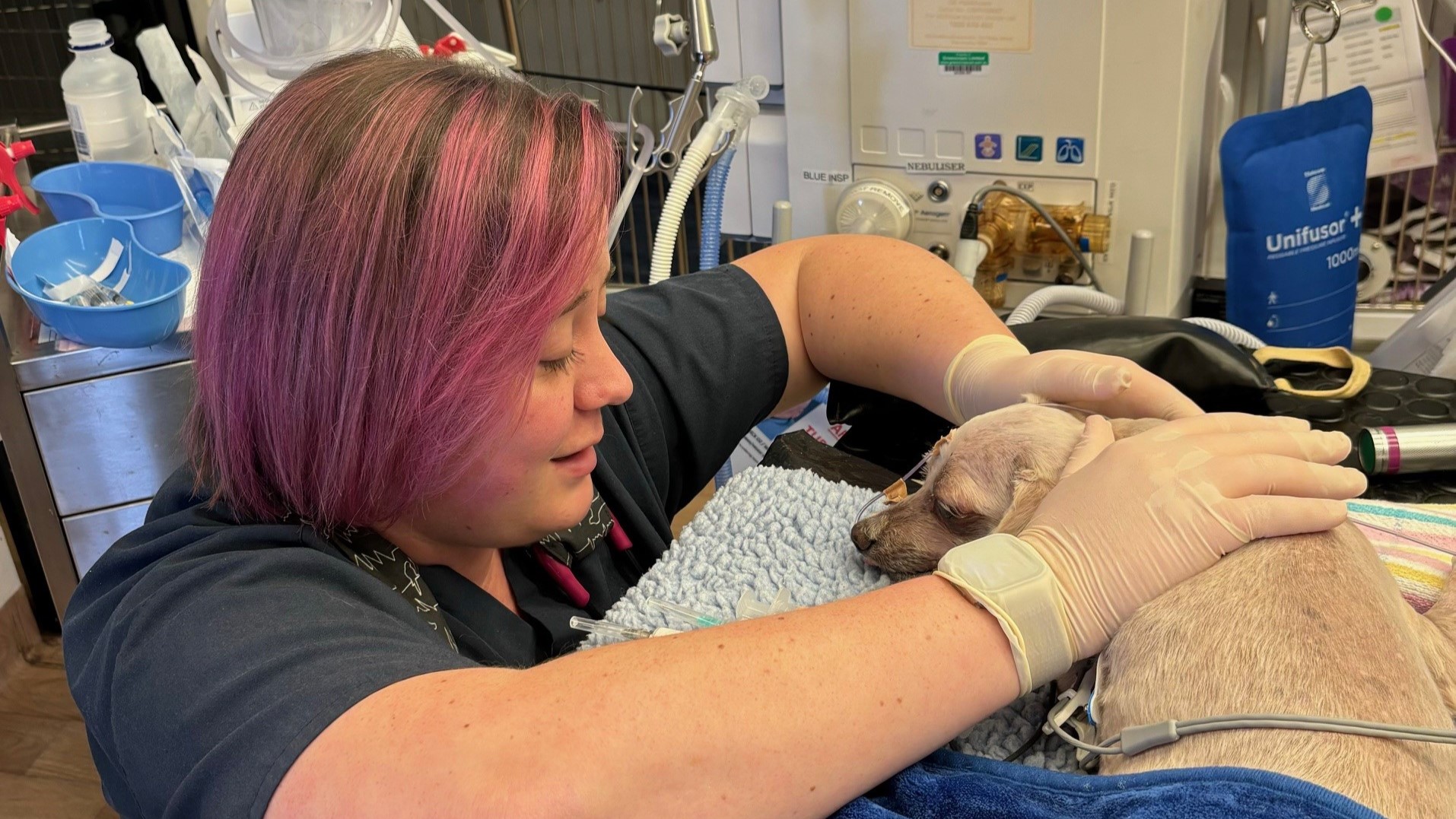Fresh data from Petbarn and Greencross Vets has revealed the Central Coast as being a hotspot for potentially deadly paralysis ticks and other parasites.
Areas at extreme risk include Ourimbah, Bouddi and Jilliby with data showing that tick and heartworm cases had increased 15 per cent year-on-year in Australia.
These hotspots have been identified using PetWatch, an interactive live map of areas at extreme risk – similar to bushfire risk modelling – using data from Greencross Vets, emergency hospitals and Petbarn.
The Animal Referral Hospital (ARH) Gosford has seen an increase in pets presenting with tick paralysis due to the recent hot weather conditions.
Since July 1, the hospital has seen about 40 cases – which has been over the cooler months – and in just one morning recently, three tick cases presented.
Dr Natashia Evans, from the ARH Gosford, said August and September were the two months in which tick numbers surged.
“It really is dependent on the weather,” she said.
“The first big warm period especially after a rain is what brings them on.
“Sometimes it can be delayed into later September if the weather remains cold and miserable for longer.
“This is pretty similar to last year so far.
“October then seems to be the busiest month of the year in regard to cases and we can easily have a dozen cases in the building at one particular time.
“Pet owners who think they can save a bit of money by lapsing parasite prevention may end up paying more in vet bills if their dog or cat gets a paralysis tick and needs urgent care.
“We’re seeing cases of pets who have lapsed treatment by one or two days, make sure you have your reminders set.
“Even giving your pet their prevention treatment, a couple of days early will ensure that they’re continually protected.”
“We want to encourage Aussie pet owners to check their pets every day for ticks.
“A few minutes spent gently running your fingers through their fur for any bumps which will be the tick, a wound or area of swelling that may be a crater where a tick was previously attached can save a potentially life-threatening situation.”
Missy, a 12-year-old Maltese terrier cross, presented to ARH Gosford suffering from tick paralysis.
As an indoor dog, she wasn’t up-to-date with tick prevention and had gone missing for seven hours.
She collapsed at home and began vomiting, prompting her owners to seek immediate help.
Two ticks were found on Missy’s neck she was treated with oxygen, sedation, intravenous tick anti-serum and a full body shave, which revealed five more ticks.
Missy’s condition worsened, requiring intubation and ventilation due to respiratory paralysis.
She also developed pneumonia and eye ulcers, needing antibiotics and intensive care for four days, followed by a three-day hospital stay.
Missy fully recovered and is now home with her owner committed to keeping her tick prevention up-to-date.
This case highlights the importance of consistent tick control, even for indoor pets.
Signs of tick paralysis include staggered walking, wobbliness, weakness or collapsing, vomiting, change in bark or meow and difficulty breathing.
Pet owners can check www.petbarn.com.au/petwatch regularly for risk level in their suburb, a really easy way to know if more vigilance is needed.









